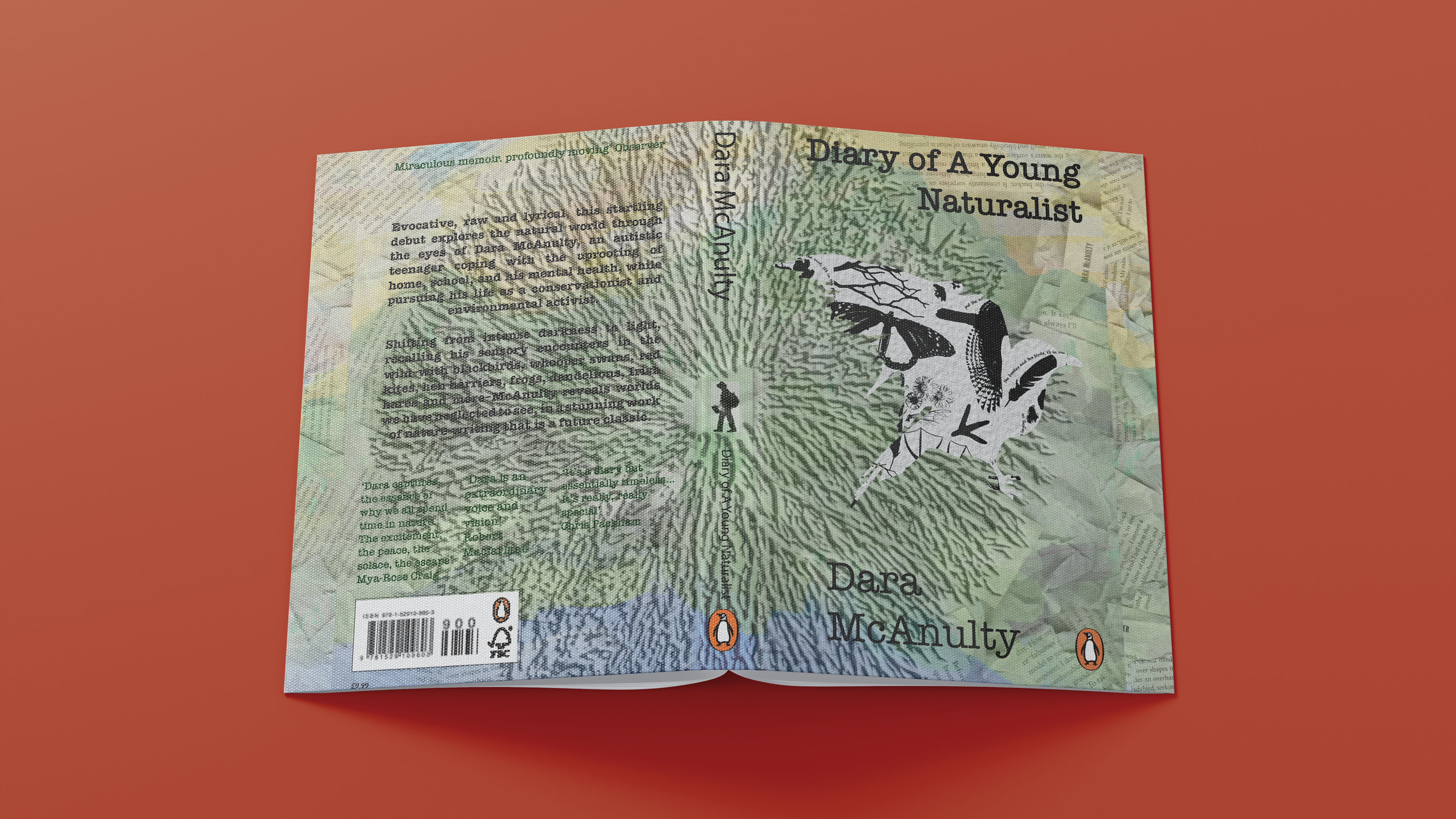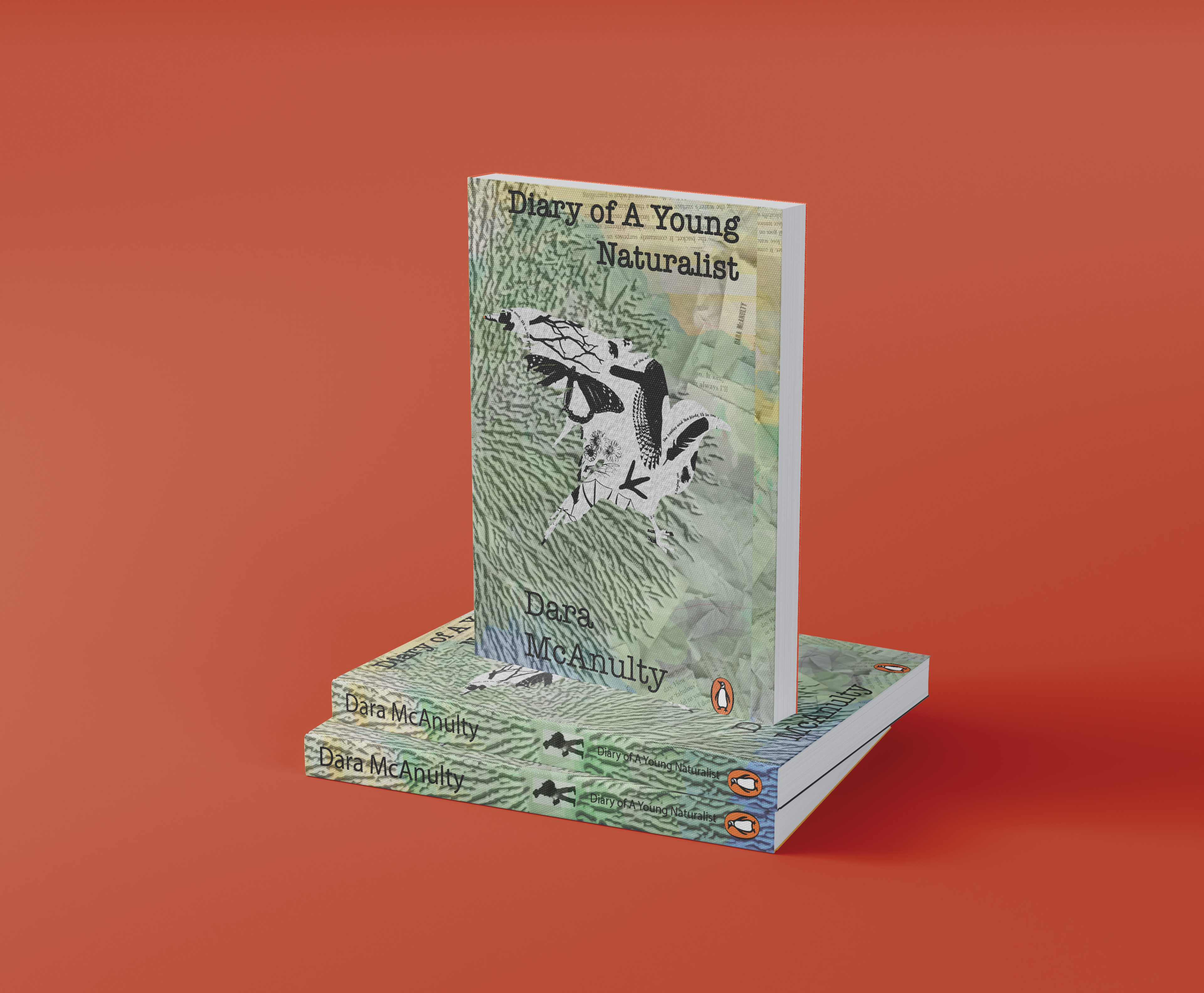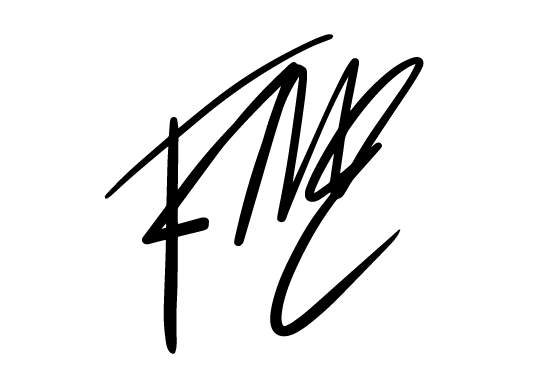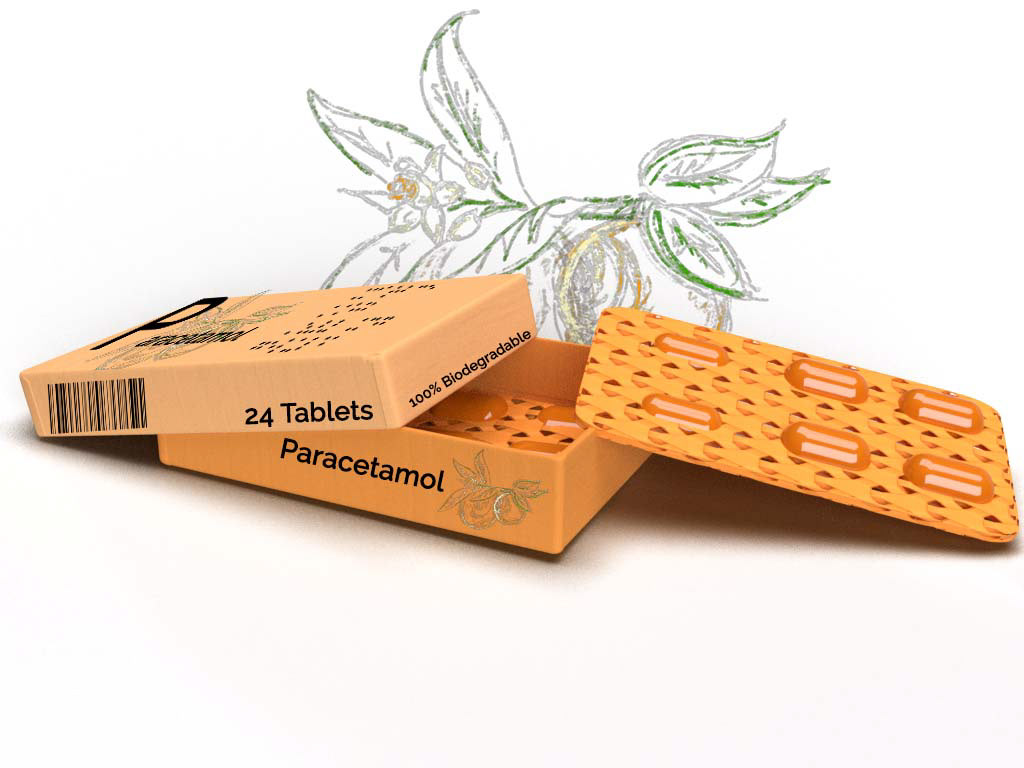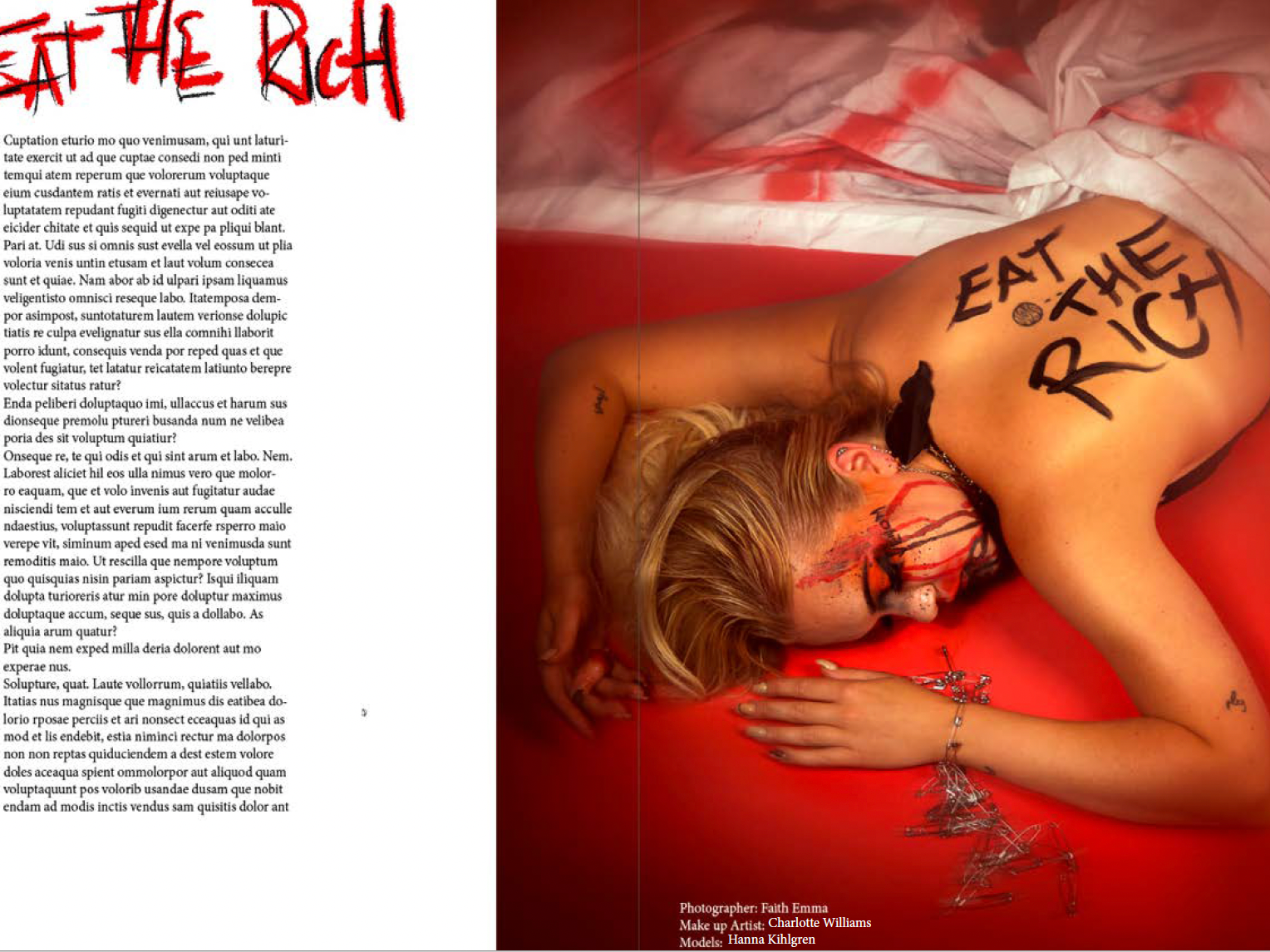The Book - Diary of a Young Naturalist chronicles the turning of 15-year-old Dara McAnulty’s world. From spring and through a year in his home patch in Northern Ireland, Dara spent the seasons writing. These vivid, evocative and moving diary entries about his connection to wildlife and the way he sees the world are raw in their telling.
Diary of a Young Naturalist portrays Dara’s intense connection to the natural world, and his perspective as a teenager juggling exams and friendships alongside a life of campaigning. ‘In writing this book,’ Dara explains, ‘I have experienced challenges but also felt incredible joy, wonder, curiosity and excitement. In sharing this journey my hope is that people of all generations will not only understand autism a little more but also appreciate a child’s eye view on our delicate and changing biosphere.
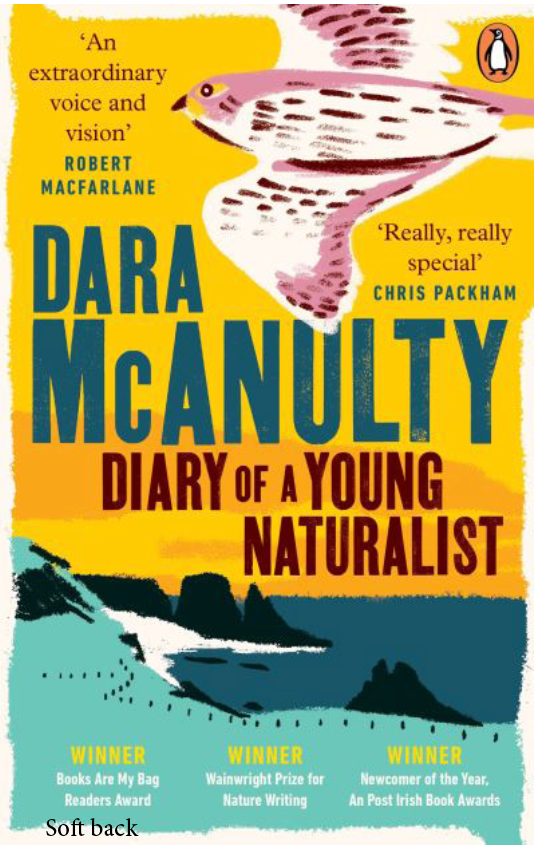
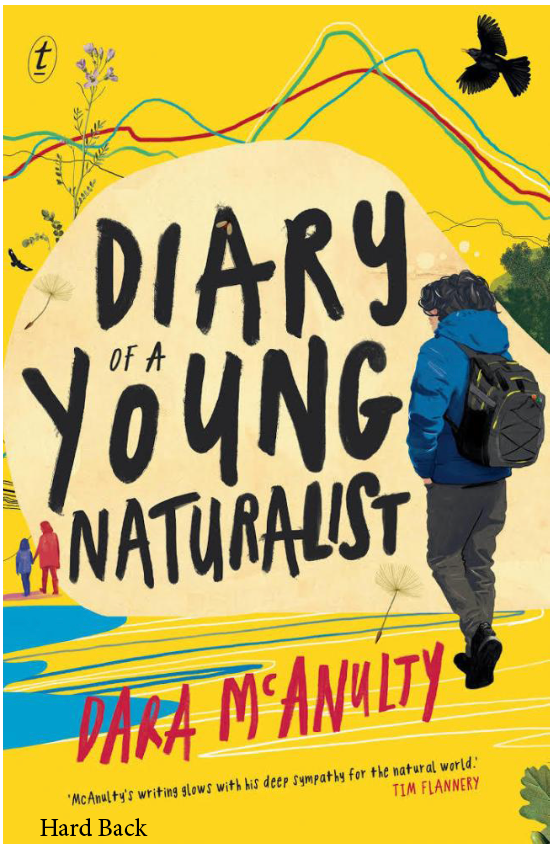
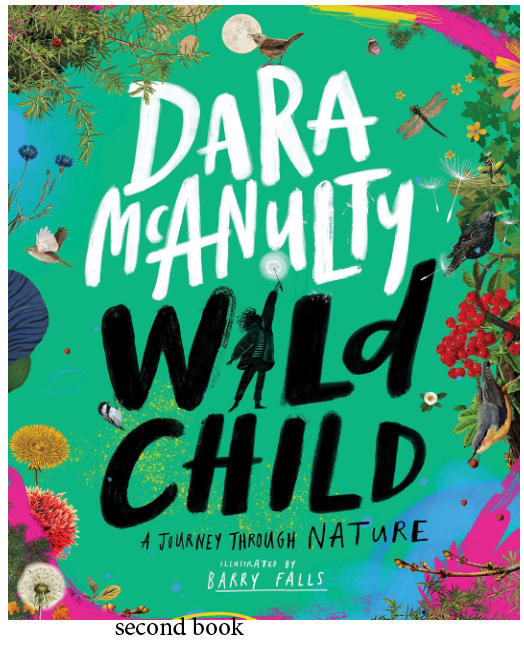
The Aurthor - Dara McAnulty (born 2004) is a Northern Irish naturalist, writer and environmental campaigner. Dara lives with his mum, dad, brother Lorcan, sister Bláthnaid and rescue greyhound Rosie in County Down, Northern Ireland. He is the youngest ever winner of the RSPB Medal and received the Wainwright Prize for UK nature writing in 2020 after being the youngest author to be shortlisted for the award. He is also the youngest author to be long-listed for the 2020 Baillie Gifford Prize for non-fiction and for the shortlist for the 2020 Books Are My Bag Readers’ Awards, which he won in the non-fiction category. His debut book Diary of a Young Naturalist which chronicles the turning of his fourteenth year, was released in May 2020. It details his intense connection to the natural world as an autistic teenager
What’s Autism - Autism, or autism spectrum disorder (ASD), refers to a broad range of conditions characterized by challenges with social skills, repetitive behaviors, speech and nonverbal communication. According to the NHS, autism affects an estimated 1 in 44 children.
We know that there is not one autism but many subtypes, most influenced by a combination of genetic and environmental factors. Because autism is a spectrum disorder, each person with autism has a distinct set of strengths and challenges. The ways in which people with autism learn, think and problem-solve can range from highly skilled to severely challenged. Some people with ASD may require significant support in their daily lives, while others may need less support and, in some cases, live entirely independently.
Several factors may influence the development of autism, and it is often accompanied by sensory sensitivities and medical issues such as gastrointestinal (GI) disorders, seizures or sleep disorders, as well as mental health challenges such as anxiety, depression and attention issues.
Signs of autism usually appear by age 2 or 3. Some associated development delays can appear even earlier, and often, it can be diagnosed as early as 18 months. Research shows that early intervention leads to positive outcomes later in life for people with autism.
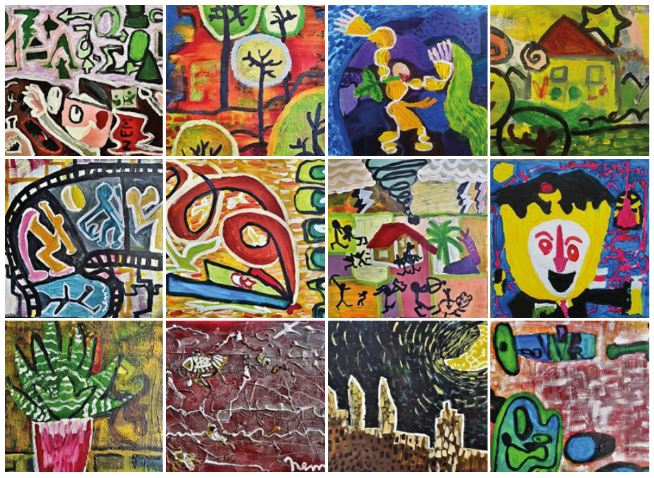
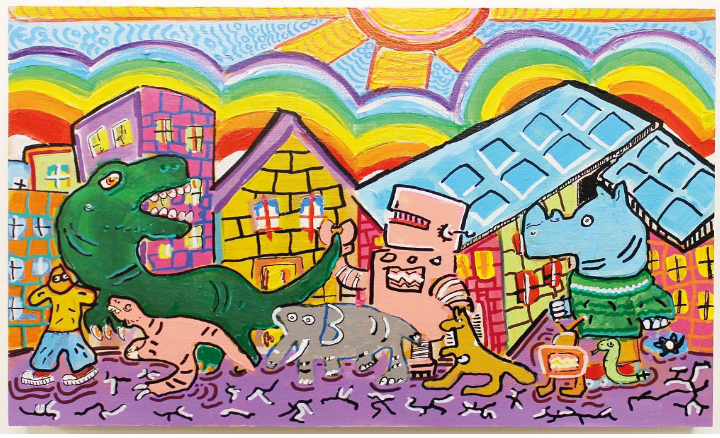
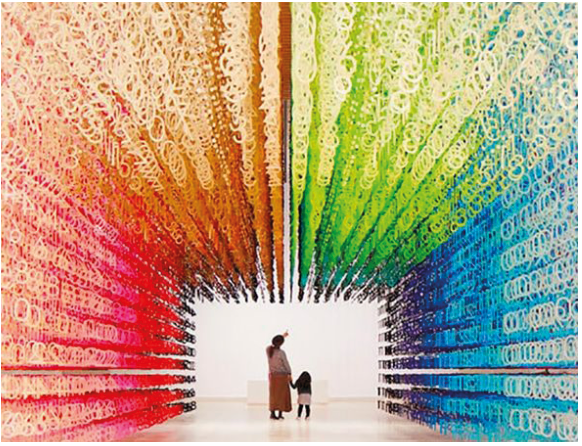
The Sensory - 1 : of or relating to sensation or to the senses sensory stimulation. 2 : conveying nerve impulses from the sense organs to the nerve centers : afferent sensory neurons.
Sensory art consists of specific art activities that relate to your child’s senses such as touch, sight, sound, smell and taste. By providing a variety of sensory play activities your child will naturally learn how to explore, investigate and create.
Autistic people can experience both hypersensitivity (over-responsiveness) and hyposensitivity (under-responsiveness) to a wide range of stimuli. Most people have a combination of both.
Many autistic people experience hypersensitivity to bright lights or certain light wavelengths (e.g., LED or fluorescent lights). Certain sounds, smells, textures and tastes can also be overwhelming. This can result in sensory avoidance – trying to get away from stimuli that most people can easily tune out. Sensory avoidance can look like pulling away from physical touch, covering the ears to avoid loud or unpredictable sounds, or avoiding certain kinds of clothing.

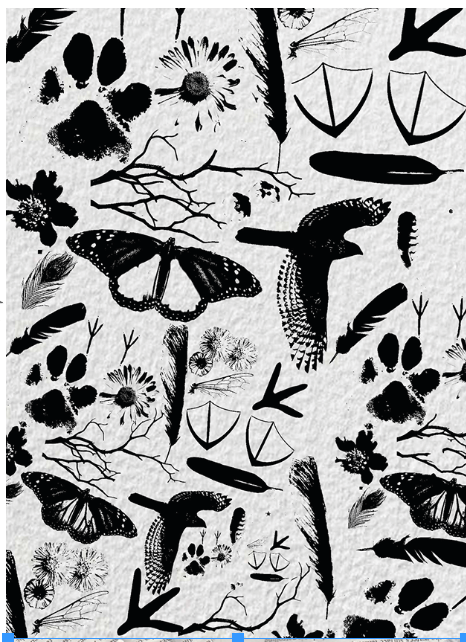
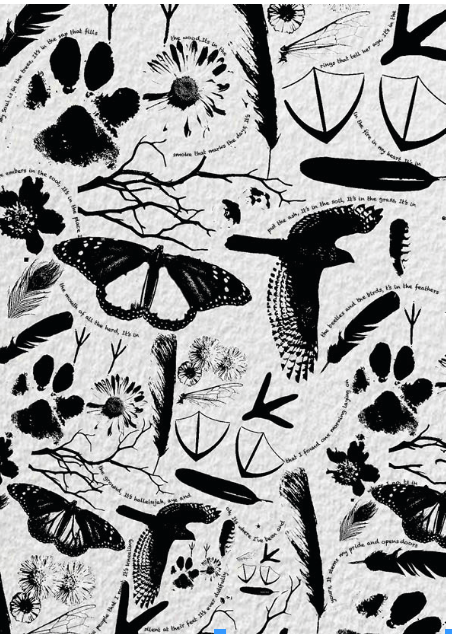
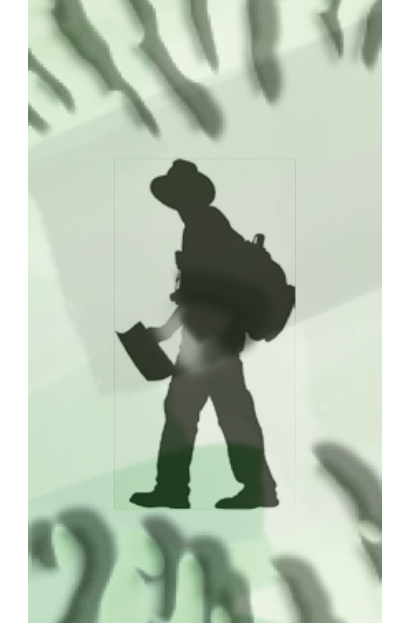


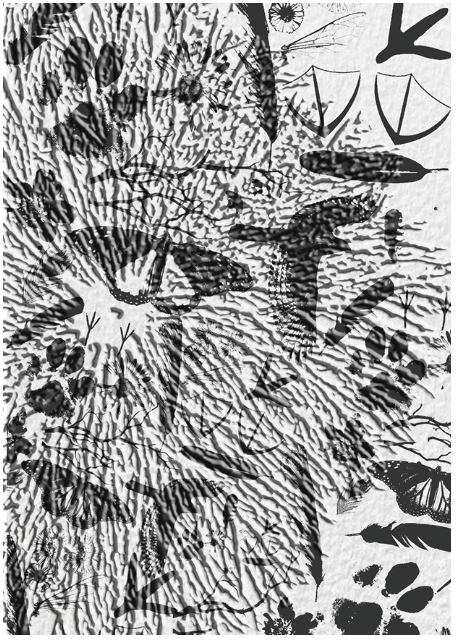
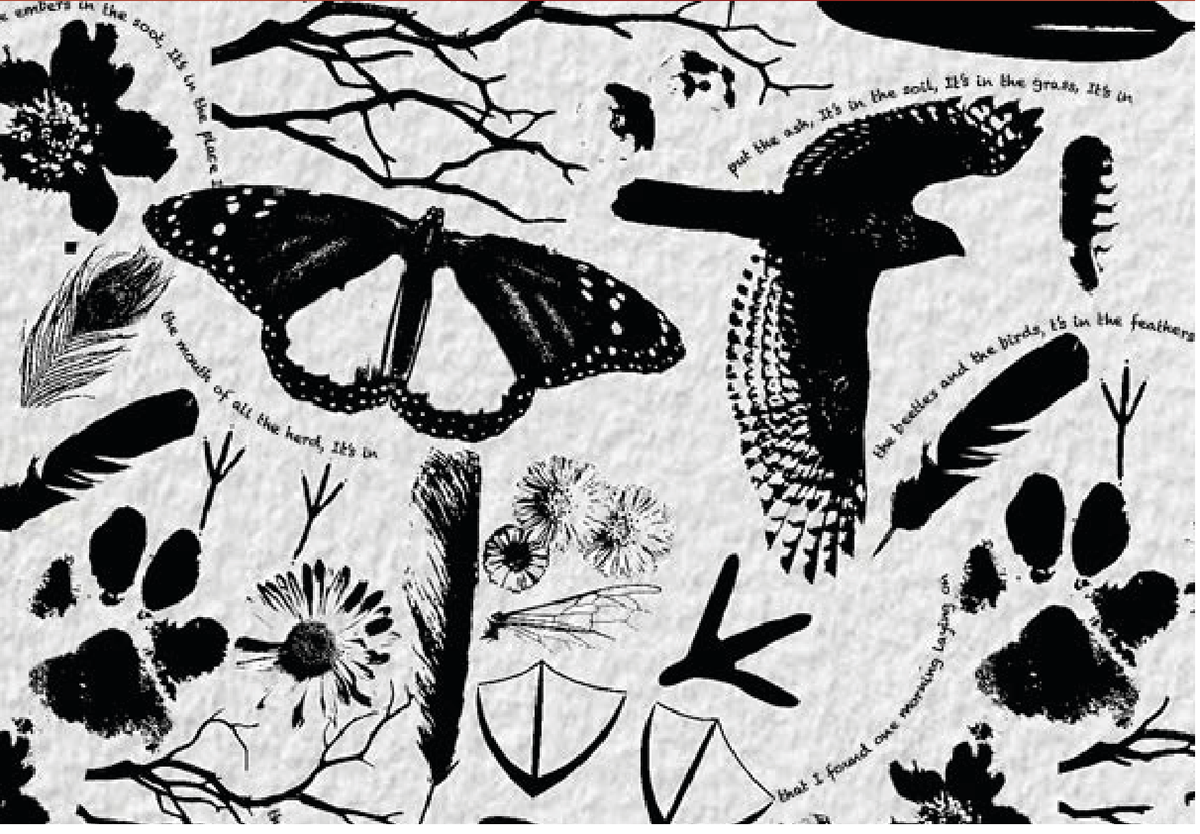
I want to create a hard cover, sensory journey for the reader, put them in the mind of a Dara an autistic child who loves nature. The cover will represent the different senses, touch with the embossed pattern, sight with the colourful abstract landscape. I also have the idea of using scented paper in the book to give it those nature, earthly feels which make Dara fill so comfortable.
Materials -
Scented paper
Recycled paper so an environmentally save book which doesn’t use more trees to create the printed book

